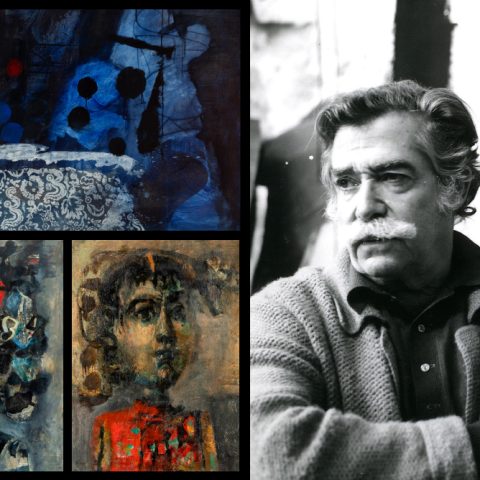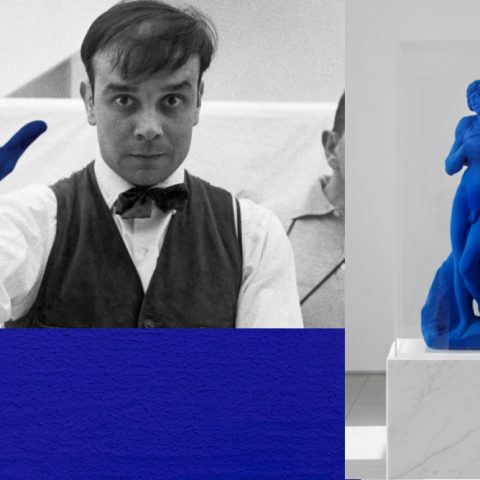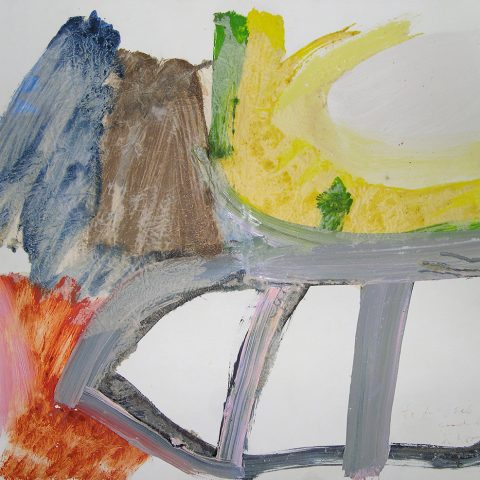Juan Muñoz is, without a doubt, one of the references in the renovation of contemporary sculpture. His short but brilliant career has left us one of the most disturbing, radical and lucid artistic testimonies of the existential crisis of modern man. Halfway between sculpture and installation , the Madrid artist directly challenges the viewer by creating an image that encourages us, and even forces us to get involved in the work.
As a paradigmatic example of the production he developed in the 80’s, the sculpture in bidding “Balcony and crank”, becomes one of the few occasions in which his work goes on sale within the auction sector.

Since his first solo exhibition in 1984, Muñoz became a member of the first generation of artists to reintroduce figuration into the art scene. However, his aesthetic conception will soon make him stand out thanks to his extraordinary ability to build atmospheres and spaces charged with a mysterious drama, in front of which indifference is not possible.
The beginnings of his career are intimately linked to the work with architectural fragments that, such as stairways, doors or balconies, will be considered as transitional spaces. However, the decontextualization and spatial isolation to which he submits these elements gives them a strong conceptual component that enhances a symbolic narrative in which the psychological charge challenges the viewer, confronting him with his own existence.

By isolating those elements that carry meanings linked to the threshold, transit or opening, Muñoz manages to give an almost theatrical twist to their significance. These balconies, which, as in the case of “Balcón y manivela” from 1986, appear decontextualized and unused, become inhospitable places behind which hides a subjugating metaphor about the human inability to communicate and, consequently, the impossibility of building a community narrative. Both through the introduction of human presence and its absence, Muñoz materializes through the architectural element the metonymy of a subject enclosed and lost in his own identity.
In short, as places from which to see and be seen, Juan Muñoz’s balconies become, by appearing empty and walled up, spaces of absence that suggest to us and awaken the uncertainty of that which no longer exists or which we are unable to see.
The artistic corpus bequeathed to us by Juan Muñoz stands as a relentless narration of a world that, having lost its way, has condemned human beings to abandonment and alienation. The powerful and shocking vision of the human condition, with which Muñoz questioned us, managed to conquer and astonish, also, the art world until became the most prestigious and sought-after sculptor of his generation, being the first to exhibit his work in the Turbine Hall of the Tate Modern in London.







